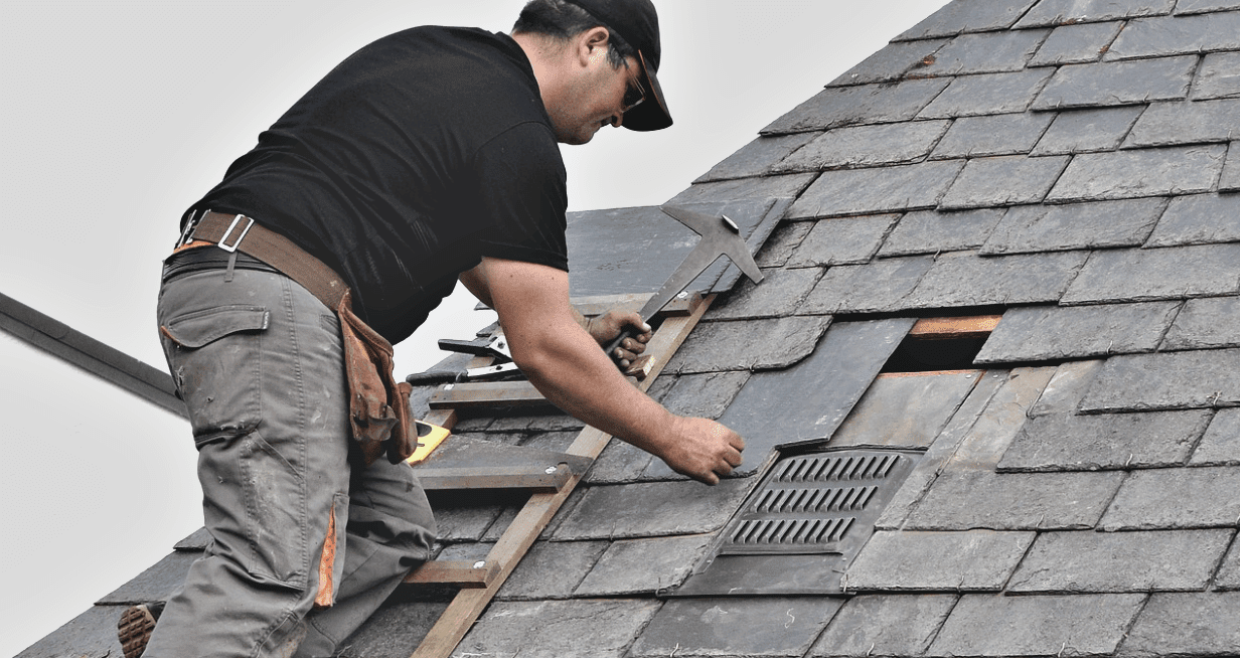Roofs play a crucial role in protecting our homes and are one of the most important parts of any building. Over time, however, roofs can become damaged, worn, or outdated, leading to the need for a replacement. If you’re considering a roof replacement, it’s important to understand the process and the options available to you at KVN Construction. In this guide, we will cover everything you need to know to elevate your home with expert roof replacement.
Contents
The Importance of Professional Roof Replacement
Roof replacement is not a DIY project. It requires special equipment, safety measures, and technical expertise to ensure that the job is done correctly. Professional Roof replacement contractors have the experience and knowledge needed to properly assess the condition of your roof and recommend the best course of action. They also have access to the latest products and materials to ensure that your new roof is both durable and attractive.

Choosing the Right Roofing Material
There are many different types of roofing materials available, each with its own pros and cons. Some of the most popular materials include asphalt shingles, metal roofing, and tile roofing. When choosing a roofing material, consider factors such as cost, durability, and energy efficiency. You’ll also want to think about the style and appearance of the roof, as it will play a significant role in the overall look of your home.
Preparing for Roof Replacement
Before the roof replacement process can begin, there are several steps that must be taken to prepare your home. This may include removing existing roofing materials, repairing any damaged or rotted wood, and installing new underlayment. The contractor will also need to check the structure of the roof to ensure that it is stable and secure.
The Roof Replacement Process
The process of replacing a roof can vary depending on the type of roofing material you choose. However, in general, the process will involve removing the old roof, repairing any damage to the underlying structure, installing a new underlayment, and laying down the new roofing material. The contractor will also install any necessary flashing, ventilation, and gutters to ensure that your new roof is properly protected.
Maintaining Your New Roof
After the roof replacement process is complete, it’s important to take steps to maintain the longevity and appearance of your new roof. This may include regular cleaning and inspections, as well as addressing any issues that arise in a timely manner. Regular maintenance will help to ensure that your roof continues to provide the protection and value that you need for years to come.
Conclusion
Replacing your roof can be a big investment, but it can also have a significant impact on the value and appearance of your home. By working with a professional contractor and carefully considering your options, you can elevate your home with expert roof replacement. We hope this guide has provided you with the information you need to make an informed decision and achieve the results you want.




[…] cost of the repair, and the reputation of the contractor should be considered before getting your roof repaired. By addressing issues promptly and investing in regular maintenance, homeowners can prolong the […]
[…] Metal roof restoration is a cost-effective alternative to a full replacement, saving you money without compromising […]
[…] Roof repairing is a vital aspect of maintaining the integrity and safety of any home. Addressing roof damage promptly can prevent further issues and costly repairs down the line. It is important to schedule a repair as soon as signs of damage or wear are noticed. When choosing a roofing contractor, it is essential to hire a reliable and experienced professional who is licensed and insured. By taking these necessary steps, homeowners can have peace of mind knowing that their roof repair is being handled by capable hands. […]
[…] roofs. One of the most popular choices for high skillz roofing in San Diego is High Skillz Roof Replacement in both commercial and residential applications. High Skillz roof ventilation allows your roof to […]
[…] at hand. Discovering the ideal house roof contractor entails navigating through a comprehensive a guide to expert roof replacement, ensuring you make the most informed decision for your home’s […]
[…] replace the entire roof if it does not need to be replaced. The homeowners decided to undertake a roof replacement after discovering extensive water damage and aging shingles on their house. You just need to take a […]
[…] to determine which method you will use in order to get rid of your roof. Trust our team for expert roof replacement services, ensuring your home or building stays protected and […]